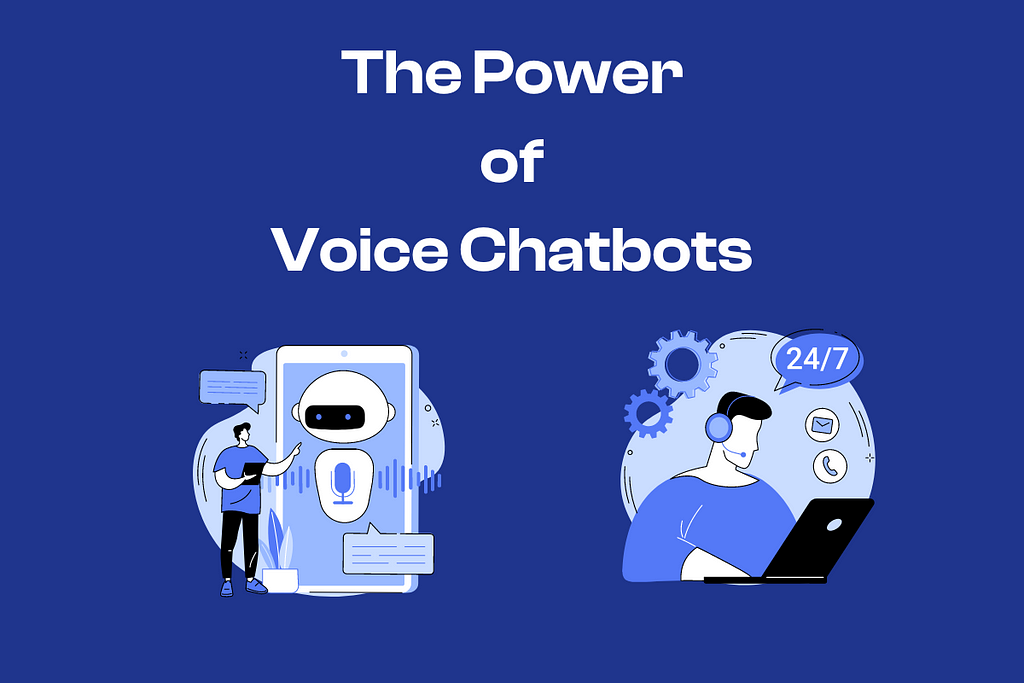There is no denying that artificial intelligence and voice assistants have taken the world by storm. While the development and adoption of these tools are still in their initial phases, they are already changing how we consume content and perform our daily menial tasks.
SwissCognitive Guest Blogger: Vatsal Ghiya — “Voice Assistants and AI: The Future of Human-Computer Interaction”
We love our voice assistants, like Amazon Alexa and Google Home, but what does the future hold for them and all the other AIs?
In this article, we’ll look at the future of voice assistants, its implications for us, and what it means for the AI industry.
Overview: Voice Search and Voice Assistants?
Voice search and voice assistants allow users to search for information or perform tasks using their voice.
Voice search is a feature of some search engines and voice assistants that allows users to speak their search query instead of typing it into a search box.
Voice assistants are software programs that enable users to interact with a computer or mobile device. Voice assistants use wake words (e.g., “Hey Google”) to perform a variety of tasks, such as:
playing musicmaking phone callssending text messagessetting alarmsproviding weather and traffic updates
Six Ways Voice Assistants will Change the Future
1. Mobile App Integration
Mobile apps have been a huge success, but they are limited because they need to be opened and interacted with. To avoid this, we can expect voice assistants to become a part of mobile apps.
If developers can create apps that work with mobile voice assistants, it’ll be easier for users to access and use their apps. Users won’t need to use the app directly. This will be achieved through various notifications and alerts, which can be used to remind users about upcoming events or other tasks.
2. Voice-Tech In Healthcare
Voice-powered technologies have a huge potential to make healthcare more accessible, efficient, and even affordable.
The advantages of voice assistants in healthcare are obvious:
They provide patients with the ability to schedule appointments providing them control over their care;They also allow patients to order prescriptions or provide feedback on their experience with a doctor or another care provider;Voice assistants can assist caregivers in completing time-consuming and repetitive tasks that’ll help them provide better care to patients.
3. Search Behaviors Will Change
Virtual voice assistants are changing the way we search for information. Many users turn to voice assistants for their daily needs and research queries. We’re already seeing this with Google Assistant and Siri, but more will come.
Asking questions verbally is easy and natural, so it makes sense that this is how people will interact with their devices. In fact, according to PwC’s survey, 72% of the respondents have used voice assistants for search queries.
4. Smart Home Assistant
Smart home assistants are one of the most popular and important categories in the world of voice assistants.
As the name suggests, it is a device that helps you control your home appliances using voice commands. It can control smartphones and smart speakers, fans, ACs, and many more things. Amazon’s Alexa, Apple’s Siri, and Google Assistant are the most popular personal assistants.
Smart speakers have become immensely popular over the last few years. According to Statista, 32% of all individuals in the US owned a smart speaker in 2021, up from 24% in 2020. It shows a promising future for smart home assistants.
5. Voice Cloning
Voice cloning is the process of copying someone’s voice by using software and artificial intelligence. The technique uses an audio sample of a person’s voice to create a digital model of that voice, which can synthesize new speech.
Voice cloning technology can be used for various applications, including speech synthesis, text-to-speech conversion, and voice recognition.
For example, you can use voice cloning to create a computer-generated voice that sounds like a specific person. Then, you can use this voice to read aloud or convert text to speech. Additionally, you can use voice cloning to create a voice model specific to an individual to improve voice recognition accuracy.
6. Smart Displays
Smart displays aren’t your average tablet. They are a new device that combines the best of a tablet and a smart speaker. The Google Nest Hub is just one example.
Smart displays are unique in that they offer a variety of features that traditional displays do not.
For example, smart displays can control smart home devices, access information, and apps, and even make video calls. Additionally, smart displays usually have built-in speakers and cameras, which makes them even more versatile.
How to Collect Data for Voice Assistants?
Voice assistants are becoming increasingly popular, but collecting the training data for AI and machine learning algorithms needed to train voice assistants can take time and effort. Here are some tips for collecting speech data for voice assistants:
Use various data sources: Collect data from as many different sources as possible, including recordings of real-world conversations, transcriptions of spoken utterances, and text data from social media, call center datasets, and other sources.Annotate data: Annotating data is an important step in training digital voice assistants. Be sure to label data with speaker identification, intonation, and emotion.Balance data: Collect a balanced dataset with various speakers, genders, accents, and emotions.Clean data: Cleaning data is crucial for training a voice assistant. Be sure to remove any background noise, errors, and outliers.
Doing data collection, segregation, and creating datasets can take up a lot of time. That’s where data collection services can help, with a proven track record, providing high-quality data collection and ensuring that the data collected is accurate and reliable based on the type of voice assistant you are using.
Conclusion
Voice search is a burgeoning field of technology. It is slowly but surely taking giant strides as it becomes more capable with AI, natural language processing, and machine learning. The type of AI that exists now is not sentient; these voice assistants are tools to make our lives better, simpler, and more efficient.
However, researchers at Google, Amazon, and Apple are hard at work trying to unlock the secrets to creating a sentient AI that could think for itself. If they are successful, it will surely change the positive direction.
About the Author:
Vatsal Ghiya is a serial entrepreneur with more than 20 years of experience in healthcare AI software and services. He is the CEO and co-founder of Shaip, which enables the on-demand scaling of our platform, processes, and people for companies with the most demanding machine learning and artificial intelligence initiatives.
Originally published at https://swisscognitive.ch on March 16, 2023.
Voice Assistants and AI: The Future of Human-Computer Interaction was originally published in Chatbots Life on Medium, where people are continuing the conversation by highlighting and responding to this story.




